"A delightful filming of the nursery story in which mother, daughter, auntie, and the family collie do the parts. Instead of the usual home movies we so often see, the Wolnezs have captured the family on film in a story that will delight all who see it, young and old. This will be blown up to 16mm and included in the Package" PSA Journal, Oct. 1962, 34.
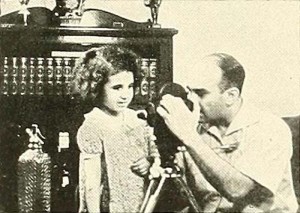
"Already well in the forefront of contemporary photoplay producers, Charles J. Carbonaro has taken a marked step onward in his current comedy, Little Sherlock. Simply planned yet smoothly integrated, this new production tells a delightful tale of the precocious daughter of a photographer, who was always "helping" father. How, during a surprise robbery of their home, she records the crux of the event with Daddy's amateur movie camera provides a denouement which is both satisfying and successful. In Little Sherlock, Mr. Carbonaro has more than maintained the suave lighting and impeccable technical standards for which his work is known; he now wins new honors with a display of genuine talent for light comedy direction. To both of these credits must be added praise for his own acting of the busy cameraman and for the portrayal of the eager apprentice by his own daughter, Alice." Movie Makers, Dec. 1937, 603.
"Little Soldier is a black and white film of 2 1/2 minutes running time that combines animation and real life scenes of war-torn world and the coming generation. A to-the-point film by Zack Burkett of Irving, Texas" PSA Journal, Nov. 1969, 57.
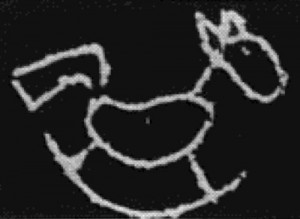
"An abstraction made by scratching patterns on black and white film with a needle. The clear areas were tinted with acetate dyes - thus adding color. The visual images are fitted to the mood and tempo of a commercial recording. The film was made without the use of a camera and required no developing. A novel presentation. This will be blown up to 16mm and will be included in the Package," PSA Journal, Oct. 1962, 35.
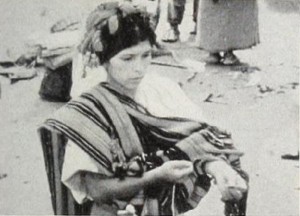
"Living Mayas of Guatemala is a detailed study of human ways which explains enough, as it goes along, to give those who see it a feeling of intimacy with the strange customs that are recorded. There have been special film studies of the descendents of the great Central Americans of the past, and these have singled out some particular phase of Mayan life. Giles G. Healey has set himself a larger task, in interpreting the unity of the modern Mayas by following them through each day of a week. We see them at home, at work, at play and engaged with singular devotion in religious observances. These major sequences of the various days are full, and, for the most part, adequately filmed. Action is not posed, and the audience shares with the cameraman the feeling of observing something so vital as to make the filmer's presence entirely incidental. The final portion of Mr. Healey's movie offers a fine record of the special religious ceremony at Chichicastenango. A deficiency of illumination, although a cinematographic detraction, does not destroy the illusion of participation in the communal devotions. Here is an important contribution to the study of folkways, done attentively, intelligently and interestingly." Movie Makers, Dec. 1942, 508.
"Local events in Preston - the Mayor's procession; Christmas shopping; pot fair; Royal Infirmary rag; egg rolling in Avenham Park; dog show; and a horse fair" (NWFA Online Database).
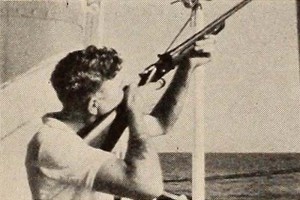
"Frances Christeson, experienced cinematographer and artist of cine devices, gives us in Log of the Timber Rush the movie diary of a holiday voyage. That the freighter, in which she had booked passage, stripped its gears and was stalled somewhere in the Pacific Ocean, well off the coast of Mexico, upset her film plan but did not stop her. It became part of an amazing personal and movie making experience. But before the misfortune at sea and the long delay of weeks, waiting for help and repairs. Miss Christeson had filmed the loading of the Timber Rush with affectionate attention to detail and the use of fascinating cine symbols. She also had captured sequences of gorgeous quality, framed through ship's gear and depicting the beautiful, lazy clouds of the tropics and the life aboard the vessel. When the gears were stripped and the long period of inaction came, the camerawoman had, as she puts it, "the job of filming nothing happening." She does that as well as possible, and the result is a delightful sea picture marred only by the doldrums of fate." Movie Makers, Dec. 1938, 619.
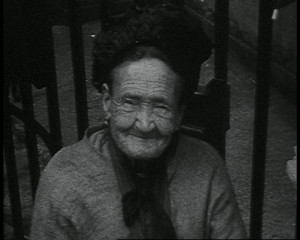
"Three sequences of street scenes shot in Westminster during the 1930s. The exact date of the film is not known" (EAFA Database).
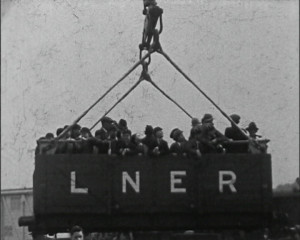
"A variety of steam engines and carriages are seen around the yard at Thorpe Station, as well as dignitaries making speeches at the exhibition's opening" (EAFA Database).
"In London Terrace, a picture made to advertise an apartment house, T. W. Willard, ACL, has shown quite clearly that interesting and attractive scenes and well planned action can combine to make a most effective sales argument. The interiors were even better handled than in Mr. Willard's Honorable Mention winner for 1934. The film has an air of complete confidence in presentation that was largely because of effective planning and direction, items very often slighted in the production of commercial pictures. The film succeeds in entertaining an audience and holding its attention consistently, in spite of a continuous sales message. Excellent, straightforward photography of many rather difficult sets was featured throughout the entire reel. The picture shows clearly how well 16mm. can be used for industrial work." Movie Makers, Dec. 1935, 550.
Total Pages: 203